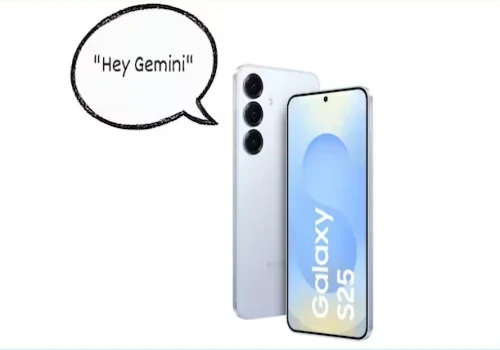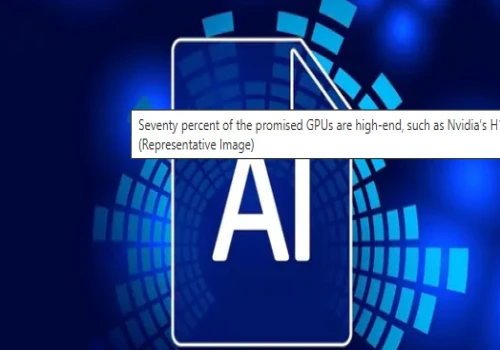
Google is introducing new labels to mark content created or edited using Artificial Intelligence (AI) in its search results. This initiative aims to improve transparency and help users make informed decisions about the content they come across, especially as AI-generated media is becoming more common.
Collaboration with C2PA for AI Content Labelling
Google is working with the Coalition for Content Provenance and Authenticity (C2PA), of which it is a key member, to implement this change. Over the next few months, these labels will be added to services like Google Search, Images, and Lens. Users will be able to access the "About this image" feature to check whether an image or media they are viewing was created or altered using AI. This feature will provide important information, allowing users to understand the origin and authenticity of the content they interact with.
Applying Labels in Ads and YouTube
Google also plans to integrate these AI labels into its ad systems. By tagging AI-generated content in advertisements, Google aims to ensure that ad content follows its policies. This will make the platform more reliable for users and advertisers alike. Additionally, Google is exploring the possibility of labeling AI-generated or AI-edited videos on YouTube, providing more clarity to viewers about the nature of the content they watch. More details on this feature are expected soon.
Introducing Content Credentials for Verification
To further secure this system, Google and its partners are introducing new technical standards called "Content Credentials." These credentials will track the creation history of content, including whether a photo or video was taken by a specific camera or generated using AI. The goal is to maintain the authenticity of content and prevent tampering.
SynthID: Watermarking AI-Generated Media
In addition to these efforts, Google continues to work on SynthID, a tool developed by Google DeepMind. SynthID will embed watermarks in AI-generated media, such as text, images, audio, and video. This tool will help identify AI-generated content across different formats, ensuring that users can trust the content they view.
What to Expect?
With these new measures, Google aims to make online content more transparent and trustworthy. As AI becomes more influential in creating media, these efforts will help users better understand the content they engage with, making the internet a more reliable space.











